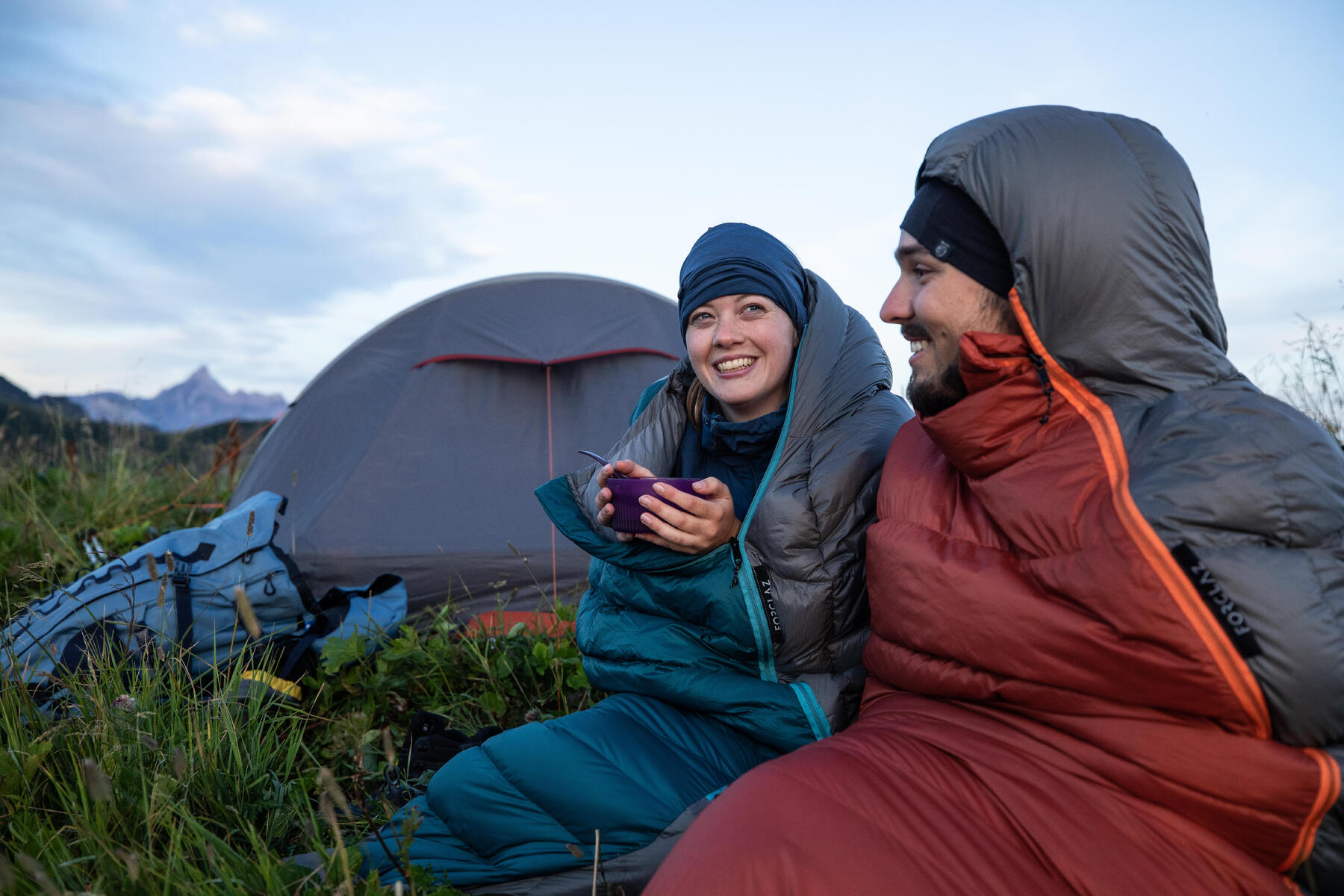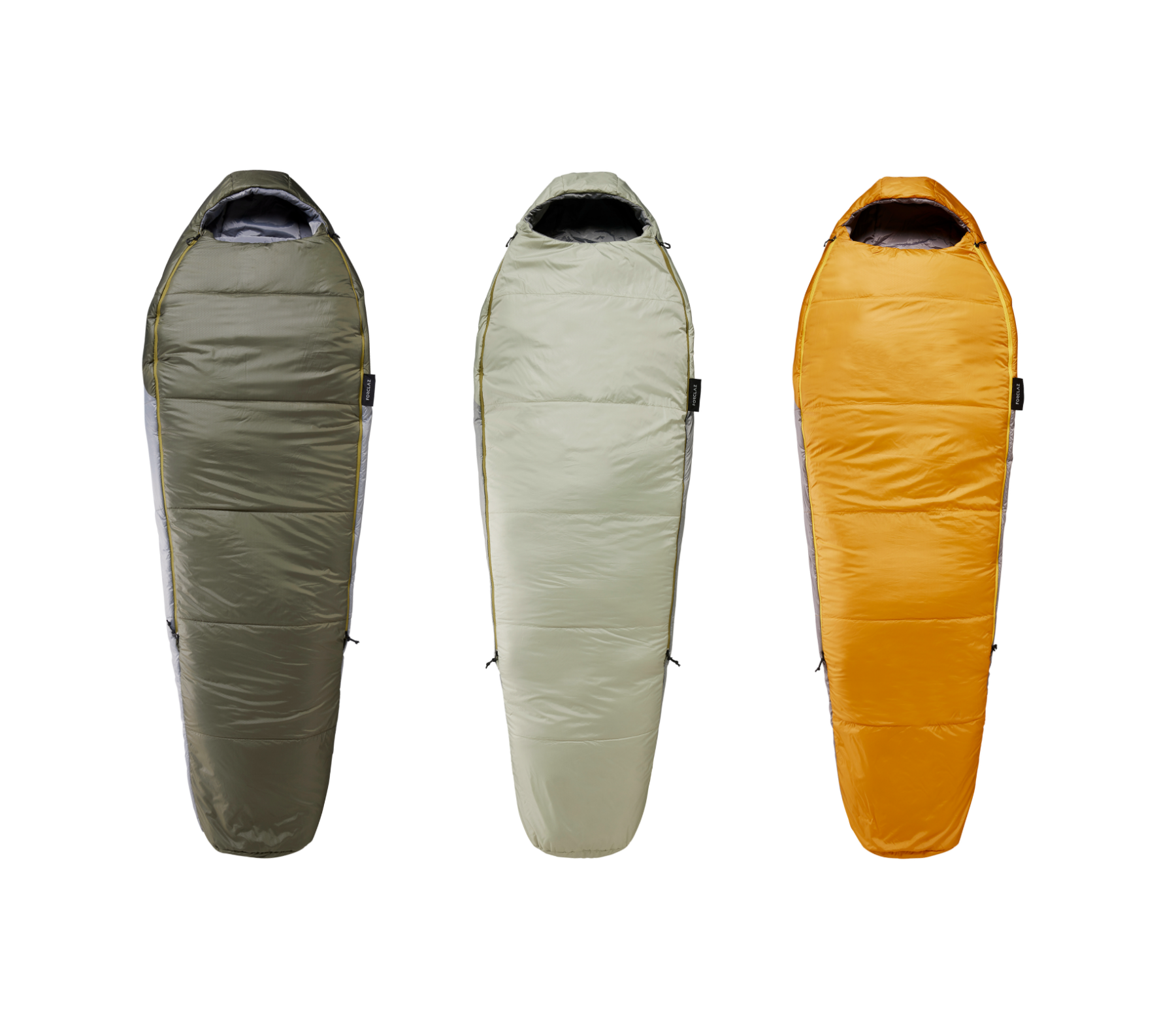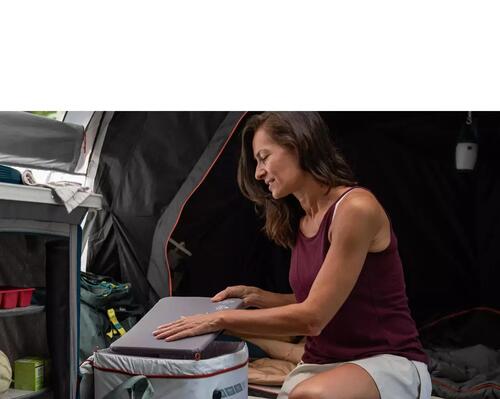So what’s the comfort temperature, then ?
The temperature rating is the lower limit at which a person, in a relaxed posture, is generally in thermal equilibrium and feels neither hot nor cold.
Often, with the comfort temperature, we’re talking about the limit temperature. The limit temperature is the temperature limit at which a person who is curled up in their sleeping bag is generally in thermal equilibrium and feels neither hot nor cold.
In the previous example of the down MT900 0°C, its limit temperature is -5°C. Sometimes, we can find the extreme temperature, which is the temperature at which a person feels the cold inside the sleeping bag. It’s definitely advisable not to use your sleeping bag close to the extreme temperature and beyond, which risks causing hypothermia.
A sleeping bag does not produce heat but traps the heat produced by the body. To take full advantage of the thermal performance of sleeping bags, it’s important not to climb exhausted and cold into an icy, damp sleeping bag, or you’ll simply end up being cold. Your thermal comfort will therefore depend not just on weather conditions, but also on your resistance to cold, your equipment (insulating mattress, etc.) and your clothing (underwear, etc...).
Please note: The comfort temperatures are tested by an independent laboratory (AITEX) according to the European standard ISO 23537-1 of 21/01/2017.





